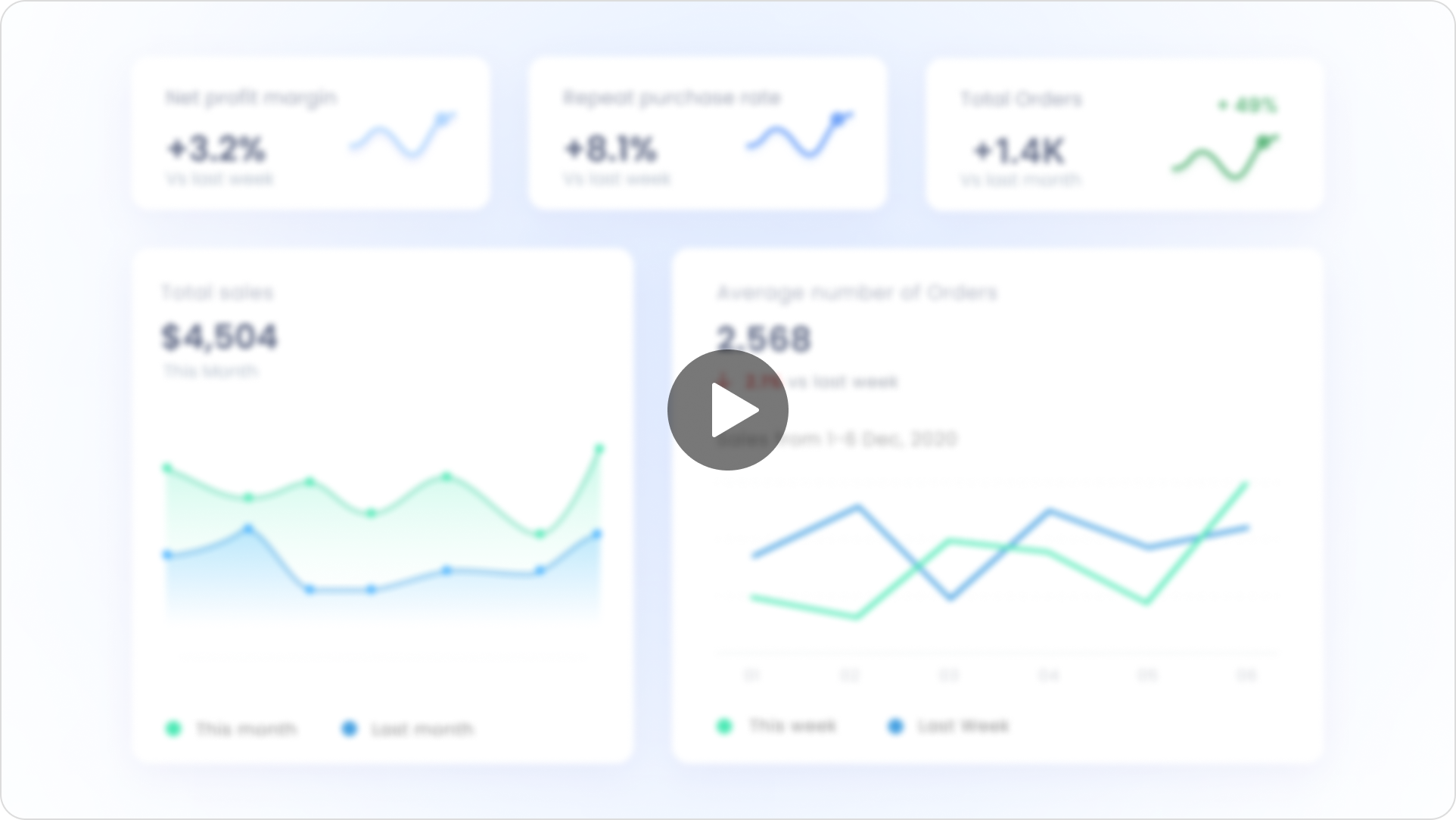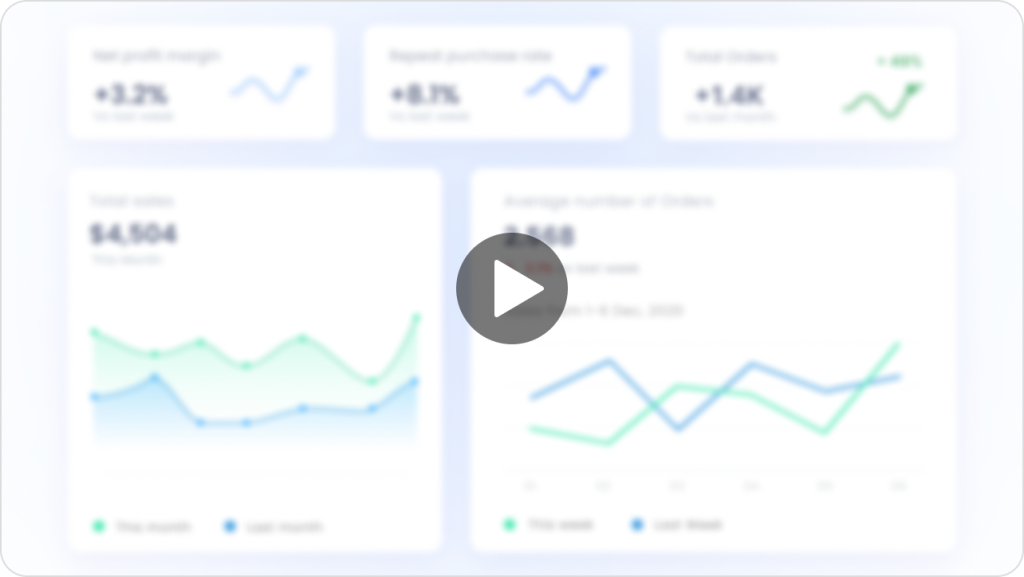Trusted by Industry Veterans






Answers to your Ecommerce queries are within your data
Realizing the power of your Ecommerce data is the key to finding answers to critical questions that drive business to sustainability. Managed analytics plays a key role in uncovering these insights, providing answers to queries such as:
- Which is my highest-selling product?
- How often a customer buys a product?
- Am I holding too long on slow-moving stocks?
- Which of my stores(online/offline) is performing best?
- How to find my target market?
With data integration and Inventory analysis for Ecommerce, access tailored strategies that resonate with the diverse Indian consumer’s preferences and behaviors. Make informed decisions, shuffle product offerings, enhance customer experiences, and ultimately boost your digital commerce growth with managed analytics solutions.

Data Warehousing In Action

Data Sources
- Customer data
- Transactional data
- Product database
- Vendors database
- Marketing Analytics data
- CRM data
- ERP data
- E-Commerce platform data like Shopify, Magento
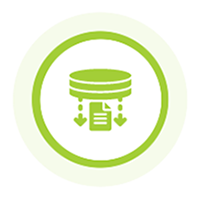
ETL Layer (Extract, Transform, Load)
- Extract data from the various sources
- Transform it (cleaning, formatting, etc.)
- Load it into the data warehouse

Data Warehouse in Cloud (Azure/AWS)
- Central repository for all the transformed data
- Hosted on a cloud platform like Azure or AWS

Business Intelligence (BI) Tools
- PowerBI/Tableau
Connected to the data warehouse

Outcomes from BI Tools
- Detailed analytics & reports
- Sales trends & performance analysis
- Customer behavior & segmentation
- Product performance & inventory management insights
- Supply chain & vendor performance analysis
- Marketing campaign effectiveness
- Interactive dashboards for real-time decision making


Data Sources
- Customer data
- Transactional data
- Product database
- Vendors database
- Marketing Analytics data
- CRM data
- ERP data
- E-Commerce platform data like Shopify, Magento

ETL Layer (Extract, Transform, Load)
- Extract data from the various sources
- Transform it (cleaning, formatting, etc.)
- Load it into the data warehouse

Data Warehouse in Cloud (Azure/AWS)
- Central repository for all the transformed data
- Hosted on a cloud platform like Azure or AWS

Business Intelligence (BI) Tools
- PowerBI/Tableau Connected to the data warehouse

Outcomes from BI Tools
- Detailed analytics & reports
- Sales trends & performance analysis
- Customer behavior & segmentation
- Product performance & inventory management insights
- Supply chain & vendor performance analysis
- Marketing campaign effectiveness
- Interactive dashboards for real-time decision making

Turn your customer inquiry to targeted campaigns
What Our Clients Say About Our Analytics!
Kangana Sen
Consumer Manager
Prakhar Pandey
IT Head
The Tech Stack Behind Our eCommerce Analytics Engine

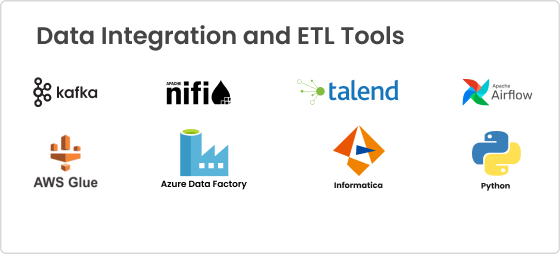
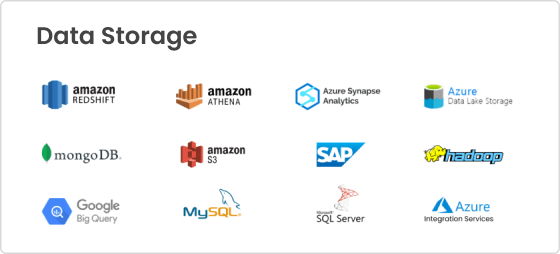
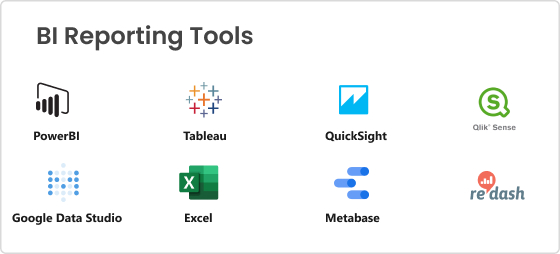

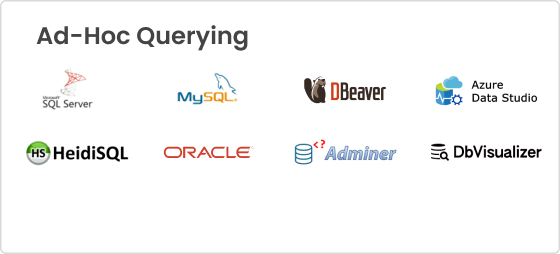
- Inventory Analytics
- Customer Behavior Analytics
- Revenue Optimization
Demand Forecasting
Utilize historical data and predictive analytics to forecast product demand accurately. Implement the latest analytics tools to factor in seasonality, trends, and external factors affecting inventory needs. Optimize stock levels to prevent overstocking or stockouts, ensuring efficient inventory management.
Inventory Visibility
Implement a custom Power BI dashboard for comprehensive visibility into inventory levels. Integrate the Ecommerce dashboard in real-time with your e-commerce platforms to provide a seamless view of inventory across multiple channels.
Supplier Analytics
Analyze supplier’s performance to identify bottlenecks in the logistics process. Implement predictive analytics to anticipate potential disruptions in the supply chain. Optimize supplier relationships and lead times based on data-driven insights.
Data Warehouse Set-up for Personalized Recommendations
Establish a robust data warehouse infrastructure to centralize customer data. Collect, clean, and monitor online and offline store’s customer purchase history, preferences, and other relevant data for informed decision-making.
Access Target Groups:
Utilize data segmentation to categorize customers based on demographics, behavior, and preferences. Implement targeted marketing campaigns to specific customer segments.
Analyze the effectiveness of marketing efforts through data-driven insights.
Customer Journey Analysis
Map the entire customer journey from browsing to purchase to post-purchase interactions. Identify pain points and areas for improvement in the customer experience. Optimize website and mobile app interfaces based on customer journey analytics.
Pricing Strategy Optimization
Analyze market trends, competitor pricing, and customer behavior to optimize pricing strategies. Implement dynamic pricing models to adjust prices in real time based on demand and market conditions. Maximize revenue while staying competitive in the market.
Promotion Effectiveness
Evaluate the impact of promotions on sales and customer behavior. Implement A/B testing for different promotional strategies to identify the most effective ones.
Cart Abandonment Analysis
Identify reasons for cart abandonment through real-time data analytics. Implement targeted communication strategies (e.g., email reminders) to recover abandoned carts. Optimize the checkout process to reduce friction and enhance the conversion rate.
- Inventory Analytics
- Customer Behavior Analytics
- Revenue Optimization
Demand Forecasting
Utilize historical data and predictive analytics to forecast product demand accurately. Implement the latest analytics tools to factor in seasonality, trends, and external factors affecting inventory needs. Optimize stock levels to prevent overstocking or stockouts, ensuring efficient inventory management.
Inventory Visibility
Implement a custom Power BI dashboard for comprehensive visibility into inventory levels. Integrate the Ecommerce dashboard in real-time with your e-commerce platforms to provide a seamless view of inventory across multiple channels.
Supplier Analytics
Analyze supplier’s performance to identify bottlenecks in the logistics process. Implement predictive analytics to anticipate potential disruptions in the supply chain. Optimize supplier relationships and lead times based on data-driven insights.
Data Warehouse Set-up for Personalized Recommendations
Establish a robust data warehouse infrastructure to centralize customer data. Collect, clean, and monitor online and offline store’s customer purchase history, preferences, and other relevant data for informed decision-making.
Access Target Groups
Utilize data segmentation to categorize customers based on demographics, behavior, and preferences. Implement targeted marketing campaigns to specific customer segments. Analyze the effectiveness of marketing efforts through data-driven insights.
Customer Journey Analysis
Map the entire customer journey from browsing to purchase to post-purchase interactions. Identify pain points and areas for improvement in the customer experience. Optimize website and mobile app interfaces based on customer journey analytics.
Pricing Strategy Optimization
Analyze market trends, competitor pricing, and customer behavior to optimize pricing strategies. Implement dynamic pricing models to adjust prices in real time based on demand and market conditions. Maximize revenue while staying competitive in the market.
Promotion Effectiveness
Evaluate the impact of promotions on sales and customer behavior. Implement A/B testing for different promotional strategies to identify the most effective ones.
Cart Abandonment Analysis
Identify reasons for cart abandonment through real-time data analytics. Implement targeted communication strategies (e.g., email reminders) to recover abandoned carts. Optimize the checkout process to reduce friction and enhance the conversion rate.
Why Clients Trust DataToBiz?
Your Data, Your Way
Results That Speak Volumes
Support At Every Step
Frequently Asked Questions
Ecommerce analytics refers to the process of gathering, analyzing, and interpreting data related to online retail activities to improve business performance. It involves tracking various metrics and key performance indicators (KPIs) to understand customer behavior, sales trends, and overall ecommerce business performance.
There are several types of Ecommerce analytics that businesses can leverage to improve their online retail operations:
Sales Analytics: Analyzing sales data to understand trends, identify top-performing products, and optimize pricing strategies.
Inventory Analytics: Monitoring inventory levels, identifying slow-moving products, and optimizing stock management to improve efficiency.
Customer Behavior Analytics: Understanding customer preferences, purchase patterns, and shopping habits to personalize marketing efforts and improve customer experience.
Supply Chain Analytics: Analyzing supply chain performance to optimize logistics, reduce costs, and improve delivery times.
Ecommerce Performance Analytics: Evaluating overall Ecommerce store performance, including website traffic, conversion rates, and revenue growth.
While customer expectations are always shifting, traditional methods might not cut it. Professional support in data warehousing and managed analytics solutions ensure your E-Commerce business is sustaining in the competitive Indian marketplace, making sure your customer count isn’t held back by any limits in your analytics. Hence, Ecommerce analytics solutions expertise is crucial for your online stores. It helps with:
Data-Driven Decisions: Analytics provide valuable insights that enable businesses to make informed decisions based on real-time data.
Improved Customer Experience: By understanding customer behavior, businesses can tailor their offerings to meet customer needs, leading to higher satisfaction and loyalty.
Increased Sales and Revenue: Analytics help identify trends and opportunities for growth, allowing businesses to optimize their marketing and sales strategies.
Cost Optimization: By analyzing data, businesses can identify inefficiencies and areas for cost savings, leading to improved profitability.
Competitive Edge: Businesses that leverage analytics effectively can gain a competitive edge by staying ahead of market trends and customer preferences.
Metrics are quantitative measurements used to track performance, while KPIs (Key Performance Indicators) are specific metrics that are critical to the success of a business. Analytics involves the analysis of these metrics and KPIs to gain insights and make informed decisions. Reporting, on the other hand, is the process of presenting the findings of the analysis in a clear and understandable format.
Some best practices for Ecommerce analytics include setting clear goals and objectives, collecting relevant data, using advanced analytics tools like Power BI for Ecommerce, and regularly reviewing and updating your analytics strategy. Managed Analytics for Ecommerce can help streamline these processes and ensure optimal performance.
Overall, Ecommerce analytics is essential for any online retail business looking to optimize its operations, improve customer satisfaction, and drive growth. By leveraging the right tools and practices, businesses can unlock valuable insights and stay ahead of other small, mid, and large-scale enterprises aka competitions.

